Audi A7 vs Mercedes GLC – Differences & prices compared
Everyday use, family trips or long-distance drives – here’s where the differences show.
Discover whether Audi A7 or Mercedes GLC fits your lifestyle better.
Costs and Efficiency:
When it comes to price and running costs, the biggest differences usually appear. This is often where you see which car fits your budget better in the long run.
Mercedes GLC has a hardly perceptible advantage in terms of price – it starts at 50300 £, while the Audi A7 costs 55000 £. That’s a price difference of around 4701 £.
Fuel consumption also shows a difference: Audi A7 manages with 1.20 L and is therefore clearly perceptible more efficient than the Mercedes GLC with 1.60 L. The difference is about 0.40 L per 100 km.
As for range, the Mercedes GLC performs decisively better – achieving up to 128 km, about 60 km more than the Audi A7.
Engine and Performance:
Power, torque and acceleration are the classic benchmarks for car enthusiasts – and here, some clear differences start to show.
When it comes to engine power, the Mercedes GLC has a minimal edge – offering 680 HP compared to 630 HP. That’s roughly 50 HP more horsepower.
In acceleration from 0 to 100 km/h, the Audi A7 is hardly perceptible quicker – completing the sprint in 3.40 s, while the Mercedes GLC takes 3.50 s. That’s about 0.10 s faster.
In terms of top speed, the Audi A7 performs slight better – reaching 280 km/h, while the Mercedes GLC tops out at 275 km/h. The difference is around 5 km/h.
There’s also a difference in torque: Mercedes GLC pulls somewhat stronger with 1020 Nm compared to 850 Nm. That’s about 170 Nm difference.
Space and Everyday Use:
Whether family car or daily driver – which one offers more room, flexibility and comfort?
Seats: Mercedes GLC offers to a small extent more seating capacity – 5 vs 4.
In curb weight, Audi A7 is minimal lighter – 1770 kg compared to 1910 kg. The difference is around 140 kg.
In terms of boot space, the Mercedes GLC offers a bit more room – 620 L compared to 535 L. That’s a difference of about 85 L.
In maximum load capacity, the Mercedes GLC performs slightly better – up to 1680 L, which is about 290 L more than the Audi A7.
Maximum payload is identical – both can carry up to 600 kg.
Who comes out on top?
Overall, the Audi A7 shows itself to be has a very small edge and secures the title of DriveDuel Champion.
It convinces with the more balanced overall package and proves to be the more versatile choice for everyday use.

Audi A7
Audi A7
The Audi A7 effortlessly blends elegance with dynamic performance, making it a standout in the luxury coupe segment. Its sleek silhouette and innovative technology create a driving experience that is both exhilarating and sophisticated. With a focus on comfort and advanced features, the A7 caters to those who seek both style and substance in their automotive choice.
details @ audi-mediacenter.com
@ audi-mediacenter.com
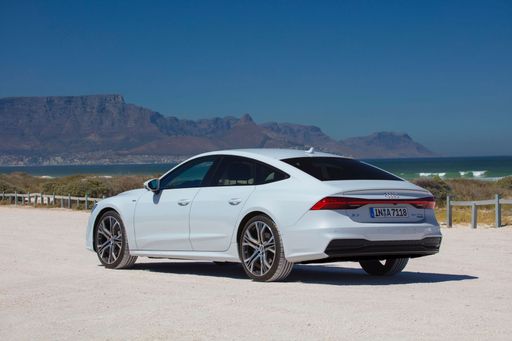 @ audi-mediacenter.com
@ audi-mediacenter.com
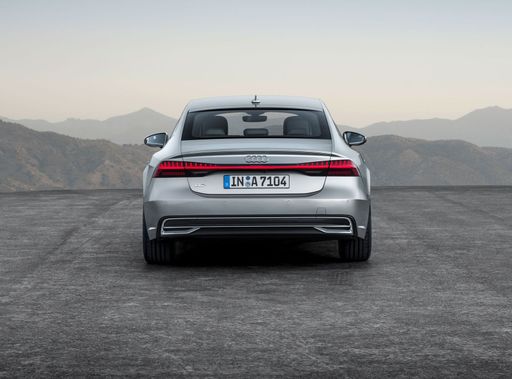 @ audi-mediacenter.com
@ audi-mediacenter.com
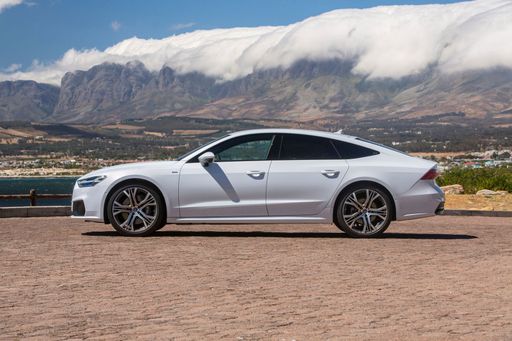 @ audi-mediacenter.com
@ audi-mediacenter.com
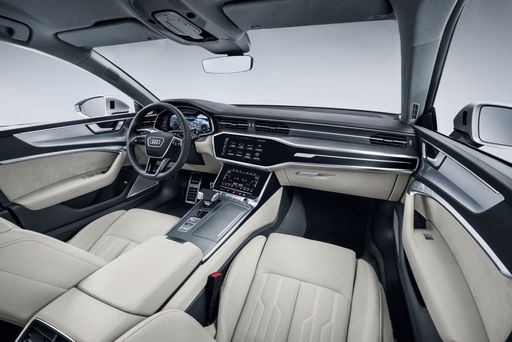 @ audi-mediacenter.com
@ audi-mediacenter.com
Mercedes GLC
The Mercedes-Benz GLC exudes a refined elegance combined with a dynamic and sporty character, making it a standout in the SUV segment. It effortlessly blends luxury with practicality, offering a spacious interior fitted with high-quality materials and advanced technology features. The driving experience is both smooth and responsive, delivering a comfortable ride whether navigating city streets or embarking on longer journeys.
details @ group-media.mercedes-benz.com
@ group-media.mercedes-benz.com
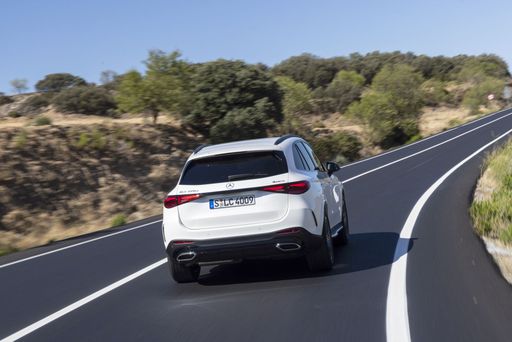 @ group-media.mercedes-benz.com
@ group-media.mercedes-benz.com
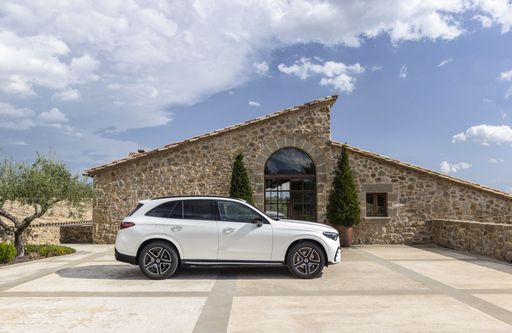 @ group-media.mercedes-benz.com
@ group-media.mercedes-benz.com
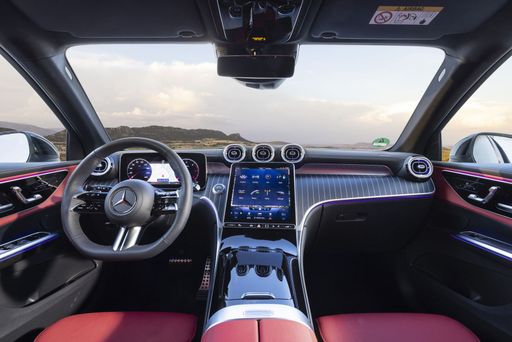 @ group-media.mercedes-benz.com
@ group-media.mercedes-benz.com
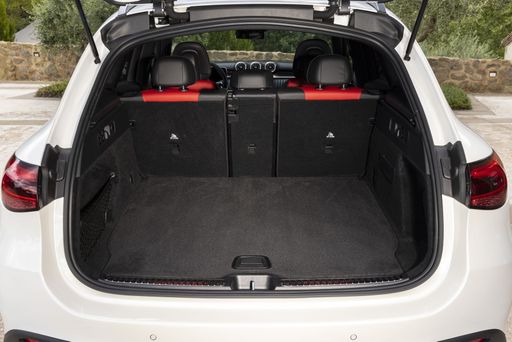 @ group-media.mercedes-benz.com
@ group-media.mercedes-benz.com

|

|
|
|
|
Costs and Consumption |
|
|---|---|
|
Price
55000 - 117900 £
|
Price
50300 - 126600 £
|
|
Consumption L/100km
1.2 - 12.2 L
|
Consumption L/100km
1.6 - 9.9 L
|
|
Consumption kWh/100km
-
|
Consumption kWh/100km
-
|
|
Electric Range
67 - 68 km
|
Electric Range
12 - 128 km
|
|
Battery Capacity
14.40 kWh
|
Battery Capacity
-
|
|
co2
28 - 276 g/km
|
co2
41 - 225 g/km
|
|
Fuel tank capacity
52 - 73 L
|
Fuel tank capacity
49 - 65 L
|
Dimensions and Body |
|
|---|---|
|
Body Type
Hatchback
|
Body Type
SUV
|
|
Seats
4
|
Seats
5
|
|
Doors
5
|
Doors
5
|
|
Curb weight
1770 - 2150 kg
|
Curb weight
1910 - 2400 kg
|
|
Trunk capacity
380 - 535 L
|
Trunk capacity
390 - 620 L
|
|
Length
4969 - 5009 mm
|
Length
4716 - 4792 mm
|
|
Width
1908 - 1950 mm
|
Width
1890 mm
|
|
Height
1422 - 1424 mm
|
Height
1603 - 1647 mm
|
|
Max trunk capacity
1235 - 1390 L
|
Max trunk capacity
1335 - 1680 L
|
|
Payload
510 - 600 kg
|
Payload
475 - 600 kg
|
Engine and Performance |
|
|---|---|
|
Engine Type
Diesel MHEV, Petrol MHEV, Plugin Hybrid
|
Engine Type
Petrol MHEV, Plugin Hybrid, Diesel MHEV
|
|
Transmission
Automatic
|
Transmission
Automatic
|
|
Transmission Detail
Dual-Clutch Automatic, Automatic Gearbox
|
Transmission Detail
Automatic Gearbox
|
|
Drive Type
All-Wheel Drive, Front-Wheel Drive
|
Drive Type
All-Wheel Drive
|
|
Power HP
204 - 630 HP
|
Power HP
186 - 680 HP
|
|
Acceleration 0-100km/h
3.4 - 8.1 s
|
Acceleration 0-100km/h
3.5 - 9 s
|
|
Max Speed
245 - 280 km/h
|
Max Speed
208 - 275 km/h
|
|
Torque
370 - 850 Nm
|
Torque
320 - 1020 Nm
|
|
Number of Cylinders
4 - 8
|
Number of Cylinders
4 - 6
|
|
Power kW
150 - 463 kW
|
Power kW
137 - 500 kW
|
|
Engine capacity
1968 - 3996 cm3
|
Engine capacity
1991 - 2989 cm3
|
General |
|
|---|---|
|
Model Year
2023 - 2024
|
Model Year
2025
|
|
CO2 Efficiency Class
E, F, B, G
|
CO2 Efficiency Class
F, G, B
|
|
Brand
Audi
|
Brand
Mercedes-Benz
|
What drivetrain options does the Audi A7 have?
Available configurations include All-Wheel Drive or Front-Wheel Drive.
The prices and data displayed are estimates based on German list prices and may vary by country. This information is not legally binding.
